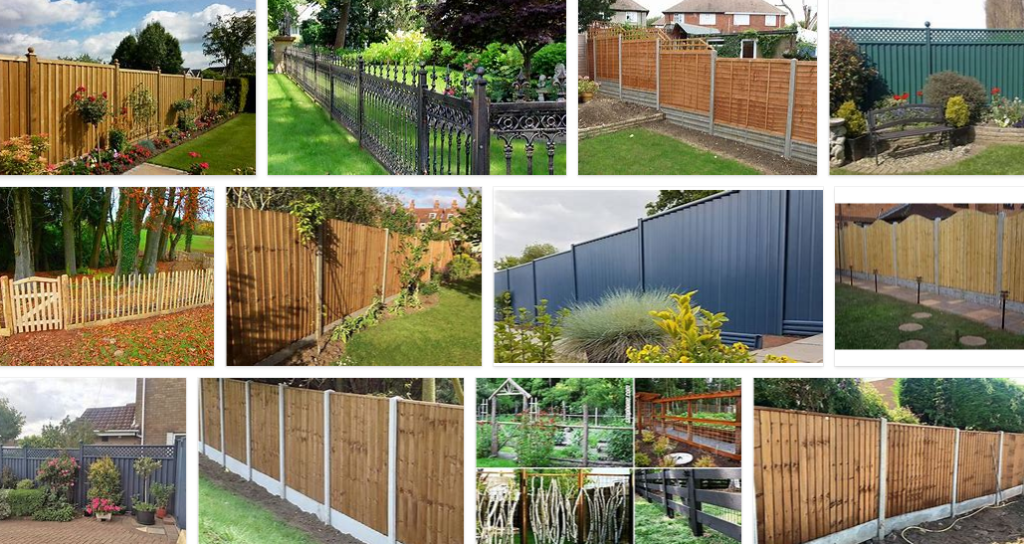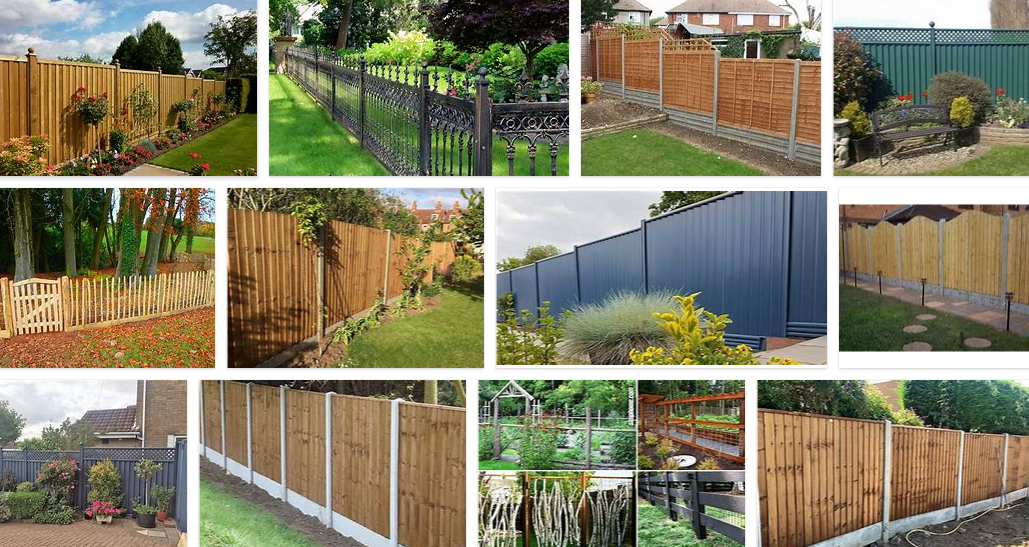The garden fence is certainly one element of your garden which is regularly overlooked and often relegated to the realm of the purely functional. A fence in its true sense should be treasured by those who use it, as it adds an element of beauty, privacy, security and indeed, beautification to your garden. However, a fence is also used in so many different ways that its true value is often forgotten. A fence can be seen as an economic means of improving your garden and dividing up your garden into two sections; a wall which encloses a space, and a boundary which mark out that space. A fence is also used to separate a garden from neighbouring gardens, giving a useful, practical boundary which all respect, but should never underestimate its importance
The garden fence isn’t just a functional piece of garden furniture which stops unwelcome visitors from entering your private space, but rather it is an artistic element, which also adds some visual interest to your garden. There are many options available when deciding on what type of fence you would like to install in your garden. You can opt for wood, wrought iron, steel or even plastic, each offering their own unique style and charm. If you are looking for a more modern look than metal, concrete or mesh netting are popular choices, whilst wooden fences are very traditional and look great throughout the year.
Some people also opt for a decorative garden fence which can either blend in with the rest of their garden or stand out completely. One of the most common reasons for decorating fences is to dissuade unwelcome animals such as deer from entering your property. A deer fence can either be built vertically, or diagonally, both of which are effective at stopping deer from getting over or under a fence. There are also many different types of electronic devices that are powered by batteries, which can be installed on top of a fence, attracting the more shy and reclusive deer. If you are particularly brave (or dare say you have a love for animals) then you can go ahead and try to hunt deer down in the wild!

Style Options In Garden Fencing
There are many options available when choosing garden fence materials, and there are even more choices when it comes to the different styles available in the marketplace today. Garden fences can be crafted from wood, concrete, or steel. Each type of material has its own advantages and disadvantages. For instance, wooden fencing is generally measured by the wooden gauge of your wire. The diameter of your wooden gauge wire also depends on the height of your fence.
Wood is the most popular choice for garden fences, but there are many more attractive varieties such as the evergreen cedar, redwood, cypress, hemlock, and white oak that can be used for a garden fence. The larger diameter of your wooden gauge wire will result in a fence that is much higher, and thus you’ll need to use larger t-posts to surround your garden fence. Wood fencing tends to be costly, especially if you opt for larger t-posts to surround your fence. However, the larger diameter of wood also means that you have more options for styling your garden fence since you’re not limited to a standard garden fence’s small square shape.
There are also a variety of fencing styles available on the market today, including post barbed, decorative vinyl, aluminum, and even electric garden fence that utilizes solar power to provide a stunning appearance even in the most remote areas. One of the best things about fencing is that it allows you to enjoy the beauty of nature in the middle of your garden at all times, especially during the cool autumn evenings when you are away from your house. As soon as the temperature begins to warm up, you simply put up the standard electric fence to keep out the heat and then enjoy the soothing coolness of your garden until the early hours of morning.





